Catalonia | Geography, Points of Interest, Independence Movement, & History
Recent News
Apr. 18, 2023, 10:20 AM ET (AP)
Spain’s Barcelona faces drought ’emergency’ in September
Authorities in Spain’s parched northeast have warned that Barcelona and a surrounding area that’s home to some 6 million people could face even tighter restrictions of water use in the coming months
Mar. 29, 2023, 6:34 AM ET (AP)
Spanish judge releases fugitive Catalan Euro MP
A Spanish Supreme Court judge has ordered the release of Clara Ponsatí, a Euro MP and a former Catalan Cabinet member who fled Spain five years ago after a failed independence bid for Catalonia
Mar. 26, 2023, 3:49 PM ET (AP)
Pray for rain: Spanish farmers hold unique Mass amid drought
In drought-stricken Spain, around 250 villagers brought back the faded practice of a special Mass and procession to pray for rain
Catalonia, Spanish Cataluña, Catalan Catalunya, comunidad autónoma (autonomous community) and historic region of Spain, encompassing the northeastern provincias (provinces) of Girona, Barcelona, Tarragona, and Lleida. The autonomous community of Catalonia occupies a triangular area in the northeastern corner of Spain. It is bordered by France and Andorra to the north, the Mediterranean Sea to the east, the autonomous community of Valencia to the south, and the autonomous community of Aragon to the west. The Pyrenees separate Catalonia from France, and to the west the pre-Pyrenees and the Ebro River basin mark the border with Aragon. To the southwest the Ebro basin gives way to coastal hills separating the Catalonian province of Tarragona from the Valencian province of Castellón. The autonomous community of Catalonia was established by the statute of autonomy of December 18, 1979. The government consists of a Generalitat (an executive council headed by a president) and a unicameral parliament. The capital is Barcelona. Area 12,390 square miles (32,091 square km). Pop. (2011) 7,519,838; (2016 est.) 7,522,596.
Geography
The provinces of Tarragona, Barcelona, and Girona have a Mediterranean shoreline, and the low-lying Catalanides range separates the coastal plain from the Ebro river basin.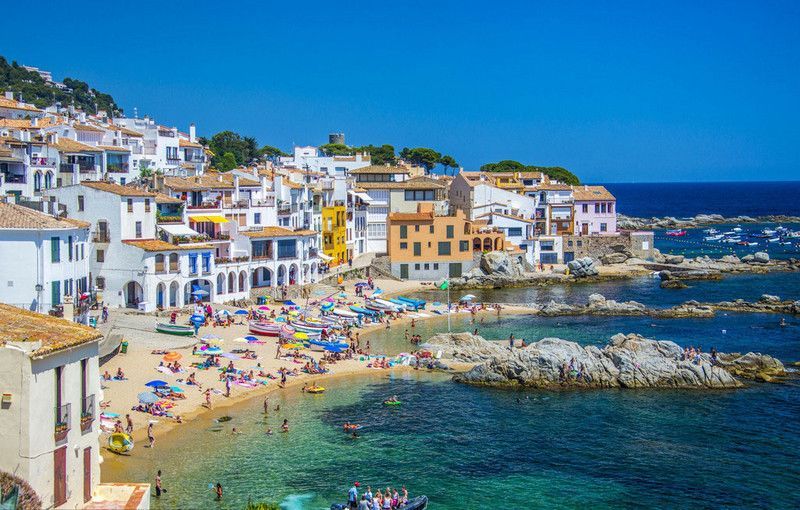
More From Britannica
Spain: Aragon and Catalonia
The towns of the Catalan coast have dominated the development of the region, with the result that the population is heavily concentrated along the Mediterranean, increasingly depopulating the hinterland. In the 20th century there was additional concentration of population in the city of Barcelona and its satellite towns.
Catalonia’s traditional agriculture was centred on the production of wine, almonds, and olive oil for export, as well as rice, potatoes, and corn (maize) as staples.
The autonomous community of Catalonia is the richest and most highly industrialized part of Spain. The Catalan textile industry first achieved prominence between 1283 and 1313 and long remained the region’s premier industry. The manufacturing sector underwent rapid expansion and diversification since the 1950s, however, and metalworking, food-processing, pharmaceutical, and chemical industries had overtaken textiles in importance by the 21st century. Textile, papermaking and graphic arts, chemicals, and metalworking industries are concentrated in Barcelona; Sabadell and Terrassa are also textile centres. One of Barcelona’s plants produces electric automobiles for Nissan.
History
Catalonia was formerly a principality of the crown of Aragon, and it has played an important role in the history of the Iberian Peninsula. From the 17th century it was the centre of a separatist movement that sometimes dominated Spanish affairs.
Get a Britannica Premium subscription and gain access to exclusive content.
Subscribe Now
Catalonia from ancient Rome to the War of the Spanish Succession
Catalonia was one of the first Roman possessions in Spain. Occupied during the 5th century ce by the Goths, it was taken by the Moors in 712 and at the end of the 8th century by Charlemagne, who incorporated it into his realm as the Spanish March, ruled by a count. Frankish suzerainty over Catalonia was merely nominal, however, and was completely rejected during the reign of Count Borrell (died 991).
From 1137, when Count Ramon Berenguer IV of Barcelona was betrothed to Petronila, queen of Aragon, Catalonia and Aragon were united under the same ruler. Catalonia monopolized trade in the western Mediterranean in the 13th and 14th centuries, and Catalan interests dominated the union with Aragon until 1410, when the male line of the counts of Barcelona became extinct. Dissatisfaction in Catalonia with the new Trastámara dynasty of Aragon increased after 1412, and during the reign of John II it developed into a full-scale but unsuccessful rebellion (1462–72).
After the marriage of John II’s son Ferdinand with Isabella of Castile (1469) had brought about the unification of Spain, Catalonia became of secondary importance in Spanish affairs. Though it retained its autonomy and Generalitat (assembly), by the 17th century its conflict of interest with Castile, along with the decline of the Spanish monarchy’s prestige, led to the first of a series of Catalan separatist movements.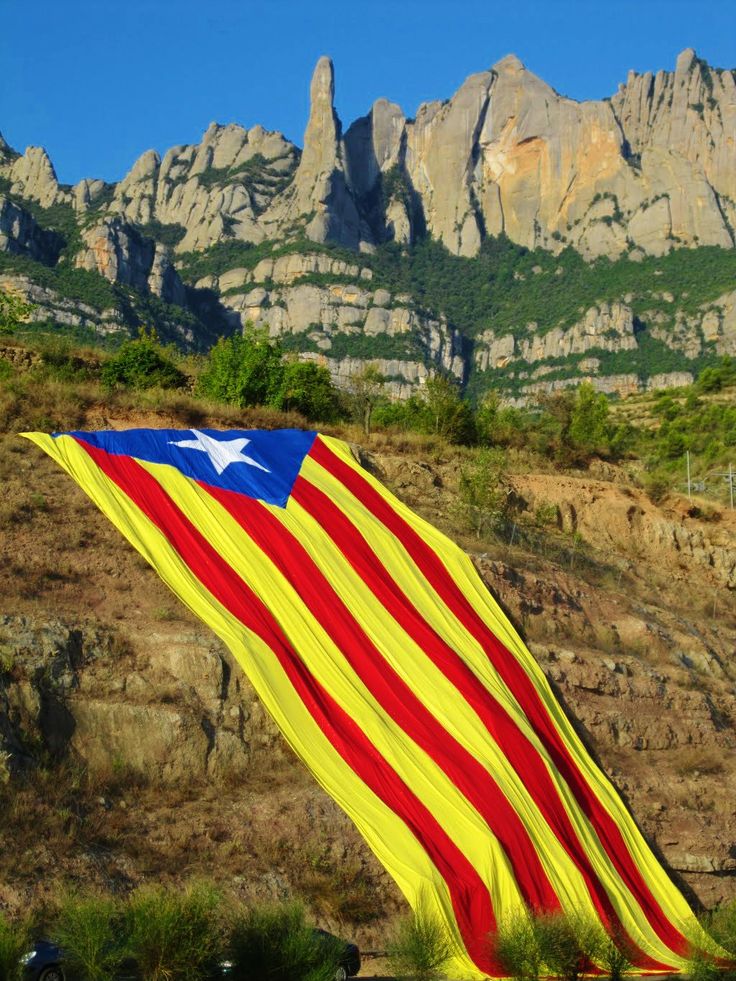
Renaixença, the Spanish Civil War, and the autonomous community of Catalonia
Catalan separatism reemerged in the 19th century in the support given to Carlism. The resurgence really began in the 1850s, however, when serious efforts were made to revive Catalan as a living language with its own press and theatre—a movement known as the Renaixença (“Rebirth”). Catalan nationalism became a serious force after 1876, when the defeat of the Carlists led the church to transfer its support to the movement for autonomy. Catalan nationalism had two major strands: a conservative, Roman Catholic one and a more liberal, secular one.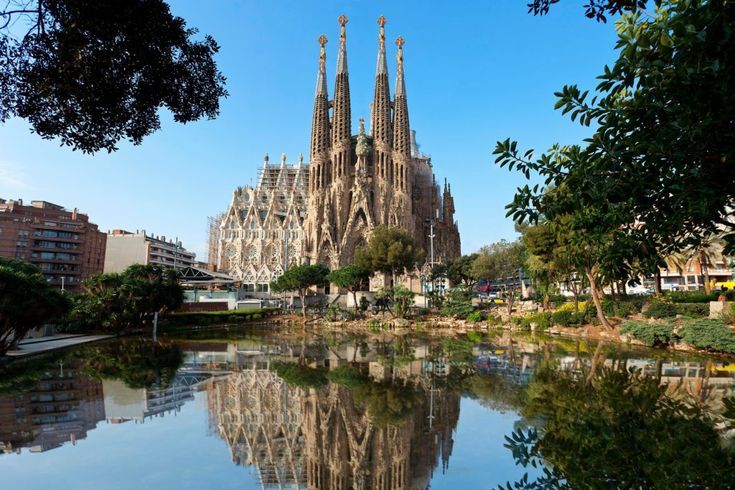
Primo de Rivera’s policy led to the formation of a left-wing coalition party in Catalonia, the Esquerra Republicana. The Esquerra won a sweeping victory in the municipal elections of 1931, and two days later its leader proclaimed a Catalan Republic. A compromise was worked out with the central government, and in September 1932 the statute of autonomy for Catalonia became law. Catalonia played a prominent role in the history of Republican Spain and in the Civil War (1936–39). The Nationalists’ victory in 1939 meant the loss of autonomy, however, and Gen. Francisco Franco’s government adopted a repressive policy toward Catalan nationalism.
The establishment of democratic rule in Spain after Franco’s death did not lessen Catalonia’s desire for autonomy, and in September 1977 limited autonomy was granted to the region.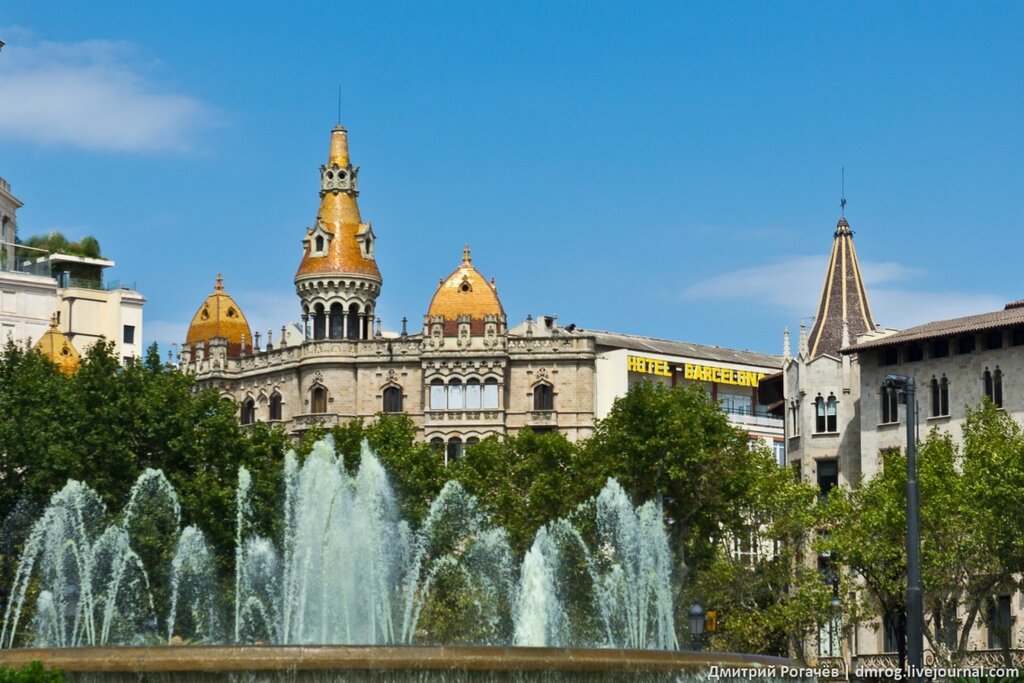
The Catalonian independence movement in the 21st century
Many Catalans, frustrated at the management of the Spanish economy throughout the euro-zone debt crisis, continued to push for increased fiscal independence from the central government. In 2013 the Catalonian regional parliament passed a measure calling for a referendum on independence from Spain to be held in 2014. Scotland’s referendum on independence from the United Kingdom in September 2014, although ultimately unsuccessful, galvanized the independence movement in Catalonia.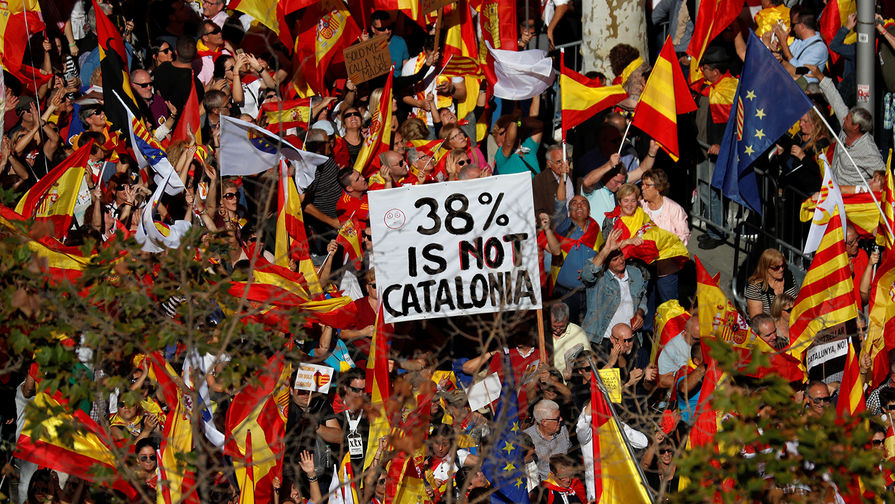
With Madrid continuing to oppose his efforts, Mas called for snap regional parliamentary elections to be held in September 2015. Framing the contest as a de facto plebiscite on independence, Mas led the Junts pel Sí (“Together for Yes”) alliance that won 62 of the 135 seats in the Catalan parliament. The antiausterity Popular Unity Candidacy, which won 10 seats, entered into a coalition with Junts pel Sí to give pro-independence parties a narrow parliamentary majority.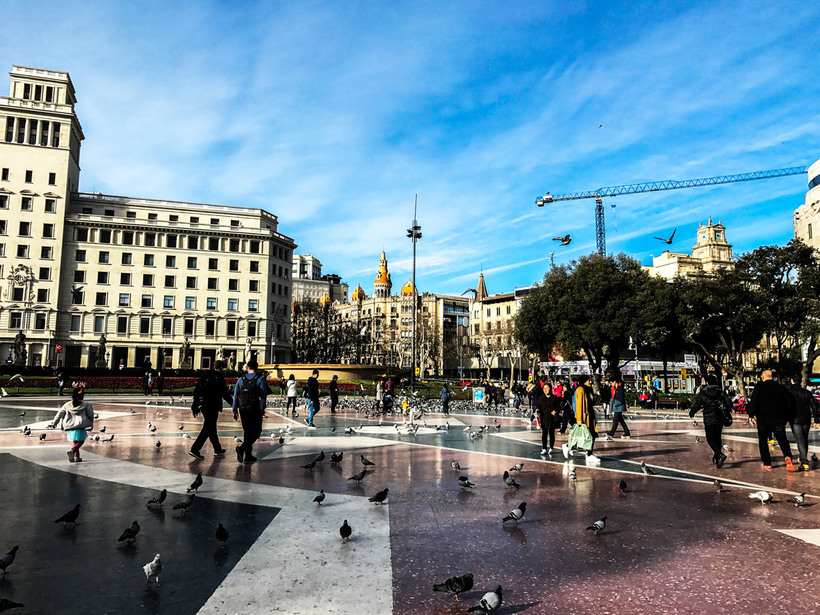
The Popular Unity Candidacy had opposed the retention of Mas as Catalan president, and the survival of the coalition hinged on an agreement between the pro-independence parties regarding a compromise candidate. On January 9, 2016, just hours before a deadline that would have triggered a fresh round of elections, the two groups settled on Carles Puigdemont, the mayor of Girona. Mas stepped aside, although he remained a member of the Catalan parliament, and Puigdemont vowed to continue the efforts to establish an independent Catalan state.
In March 2017 a Spanish court found Mas guilty of contempt for calling the 2014 referendum, and he was barred from holding public office for two years. Undeterred, a defiant Puigdemont announced in June 2017 that Catalonia would hold a binding referendum on independence on October 1, 2017. As the date of the referendum approached, tensions mounted between Barcelona and Madrid, and Spanish authorities took increasingly dramatic steps to avert the vote. In late September, Spanish police seized nearly 10 million ballot forms from a warehouse outside Barcelona, and more than a dozen pro-independence Catalan officials were arrested. Tens of thousands of people took to the streets to protest, and the Spanish interior ministry responded by moving to assert central control over the regional Catalan police force. On the eve of the vote, opinion polls found that Catalans were roughly evenly split on the issue of independence, but an overwhelming majority favoured putting the issue to a fair and legal vote.
The day of the vote was marred by widespread violence as riot police fired rubber bullets into crowds and used fists and batons to physically prevent people from entering polling places. More than 900 prospective voters and dozens of police were injured, and members of the Spanish national police and the Civil Guard seized ballot boxes from polling stations. Catalan officials stated that turnout was around 42 percent, with 90 percent of voters voicing their support for independence; the chaotic nature of the vote and the confiscation of ballots by Spanish authorities meant that such figures had to be regarded as approximations at best. Puigdemont addressed both the violence and the result by saying, “On this day of hope and suffering, Catalonia’s citizens have earned the right to have an independent state in the form of a republic.” Rajoy countered by stating that the referendum was a “mockery” of democracy, and Spanish officials blamed police violence on the “irresponsibility of the Catalan government.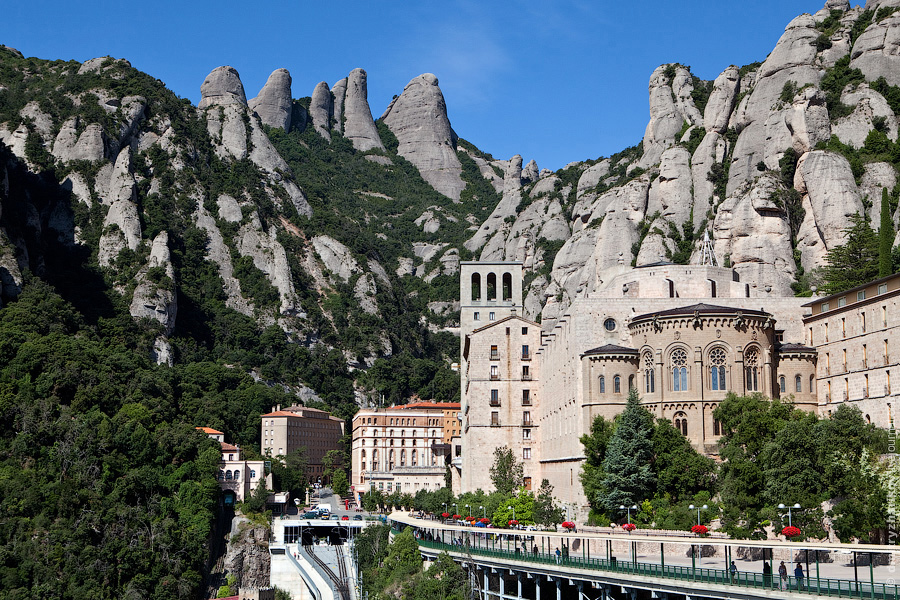
On October 3 a general strike was called to protest Madrid’s heavy-handed response to the referendum, and an estimated 700,000 people took to the streets of Barcelona. King Felipe VI held a televised public address to urge unity, and he accused Catalonia’s leaders of recklessness that jeopardized the economic and social stability of all of Spain. Indeed, in light of the unrest in Catalonia, analysts scaled back growth projections for the Spanish economy, and observers characterized the situation as Spain’s gravest domestic crisis since a coup attempt in 1981 that had threatened to derail the country’s young democracy. Perhaps emboldened by the events in Catalonia, on October 22 voters in the northern Italian regions of Veneto and Lombardy overwhelmingly backed referenda that called for greater local autonomy.
Rajoy promptly dismissed the Catalan parliament and called for fresh elections to be held in December 2017. After the Spanish government announced that it would be pursuing criminal charges against the sacked Catalonian leaders, Puigdemont and some of his closest advisors disappeared, resurfacing a short time later in Brussels.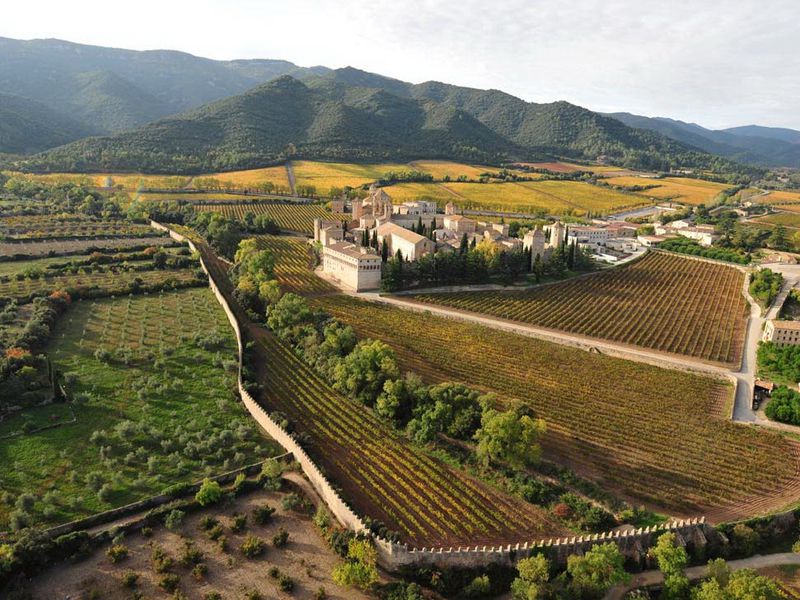
Catalonia’s December 21, 2017, snap election was viewed by many as a de facto rerun of the independence referendum, and turnout was impressive at about 83 percent. The Citizens Party, which favoured continued union with Spain, received more than a quarter of the votes and was the winner. A collection of separatist parties, led by Puigdemont’s Junts per Catalunya (“Together for Catalonia”), captured 70 of the Catalonian parliament’s 135 seats, however, giving the pro-independence movement an overall majority.
Rajoy’s administration was toppled by a vote of no confidence in June 2018, and Catalan self-government was restored the following day by Prime Minister Pedro Sánchez. While Puigdemont and several of his ministers remained in exile, Spanish authorities continued to pursue legal action against individuals who had been involved in the independence movement. In October 2019 the Spanish Supreme Court found nine Catalonian officials and activists guilty of sedition and sentenced them to prison terms ranging between 9 and 13 years. Three others were found guilty of disobedience and fined. After the verdict was handed down, a Spanish judge issued a new international warrant for Puigdemont’s arrest, but his election as a member of the European Parliament in May 2019 had conferred upon him parliamentary immunity from prosecution.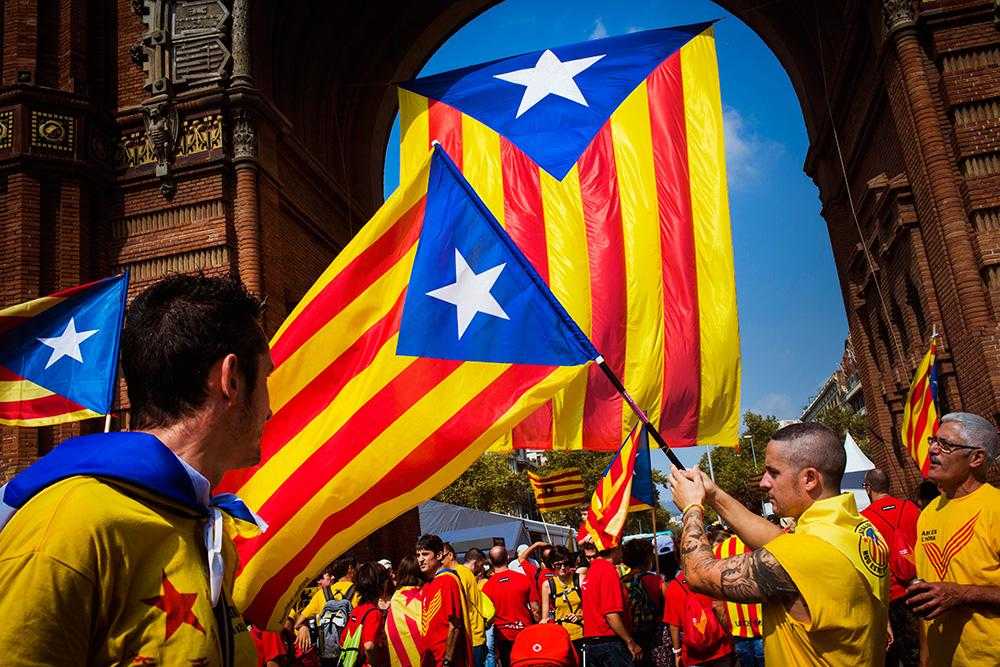
Vicente RodriguezThe Editors of Encyclopaedia Britannica
Catalunya Travel Guide | What to do in Catalunya
Brief history
The Catalan people have an individual and deeply felt historical and cultural identity, seen most clearly in the language, which takes precedence over Castilian on street names and signs. Despite being banned for over thirty years during the Franco dictatorship, Catalan survived behind closed doors and has staged a dramatic comeback since the Generalísimo’s death.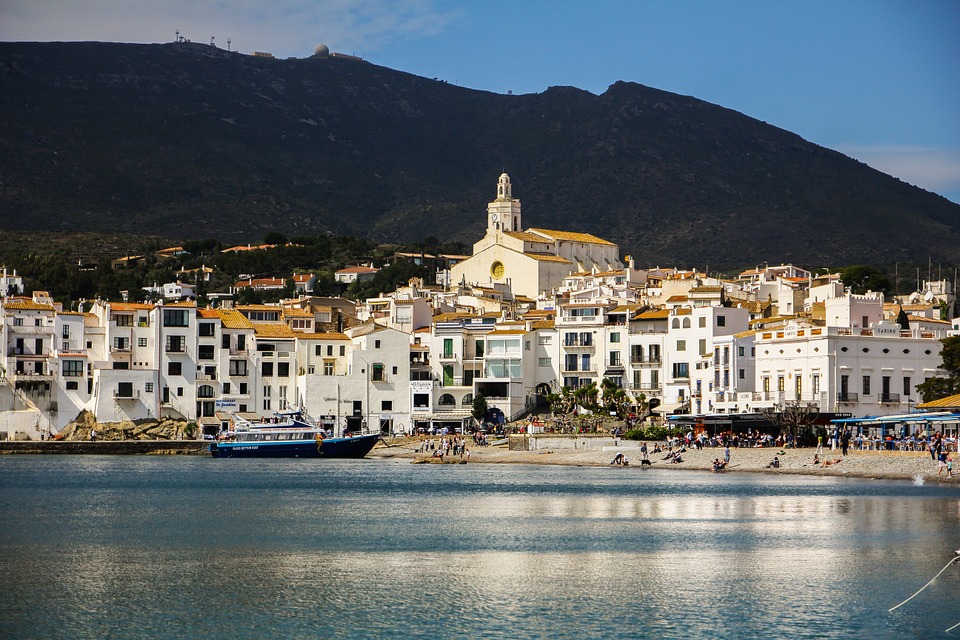
Early origins to the twentieth century
On the expulsion of the Moors in 874, Guifré el Pelós (Wilfred the Hairy) established himself as the first independent Count of Barcelona; his kingdom flourished and the region became famous for its seafaring, mercantile and commercial skills, characteristics that to some extent still set the region apart. In the twelfth century came union with Aragón, though the Catalans kept many of their traditional, hard-won rights (usatges). From then until the fourteenth century marked Catalunya’s Golden Age, and in 1359 the Catalan Generalitat – Europe’s first parliamentary government – was established.
In 1469, through the marriage of Fernando V (of Aragón) to Isabel I (of Castile), the region was added on to the rest of the emergent Spanish state. Throughout the following centuries the Catalans made various attempts to secede from the stifling grasp of central bureaucracy, which saw the Catalan enterprise as merely another means of filling the state coffers.
The Civil War to the present day
In 1931, after the fall of the dictator General Primo de Rivera, a Catalan Republic was proclaimed and its autonomous powers guaranteed by the new Republican government. Any incipient separatism collapsed, however, with the outbreak of the Civil War, during which Catalunya was a bastion of the Republican cause, Barcelona holding out until January 1939. In revenge, Franco pursued a policy of harsh suppression, attempting to wipe out all evidence of Catalan cultural and economic primacy. Among his more subtle methods was the encouragement of immigration from other parts of Spain in order to dilute regional identity. Even so, Catalunya remained obstinate, the scene of protests and demonstrations throughout the dictatorship, and after Franco’s death a Catalan government was formally reinstated in 1979.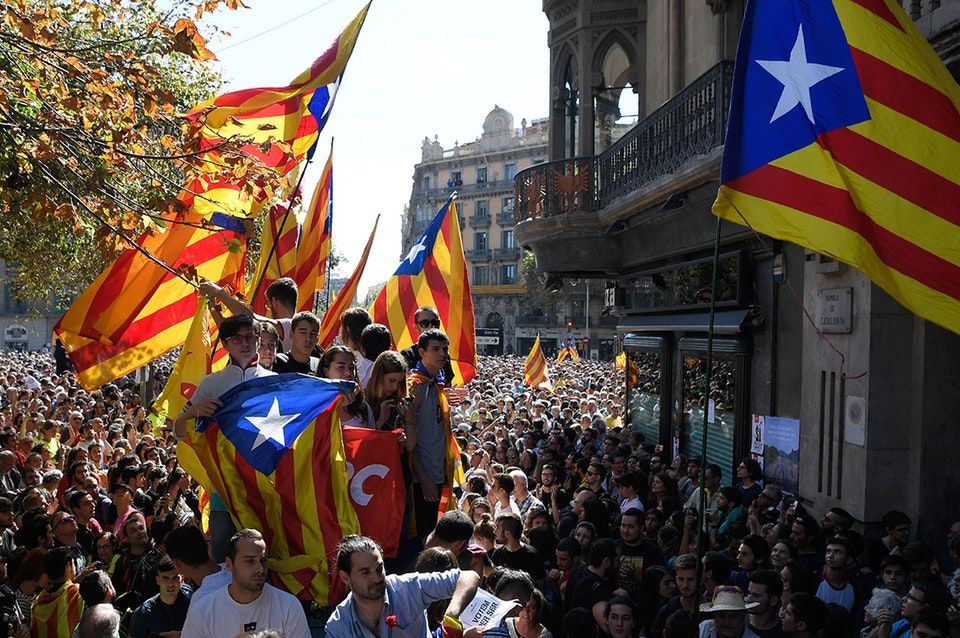
Català
Your main problem throughout Catalunya is likely to be the language – Català (Catalan). Català has more or less taken over from Castilian, a phenomenon known as the venganza (revenge), though few visitors realize how ingrained and widespread the language is and sometimes commit the error of calling it a dialect. On paper, Català looks like a cross between French and Spanish and is generally easy to understand if you know those two but, spoken, it has a distinct, rounded sound and is far harder to come to grips with, especially away from Barcelona, where accents are stronger.
When Franco came to power, publishing houses, bookshops and libraries were raided and Català books destroyed. While this was followed by a let-up in the mid-1940s, the language was still banned from the radio, TV, daily press and, most importantly, schools, which is why many older people today cannot necessarily write Català (even if they speak it all the time).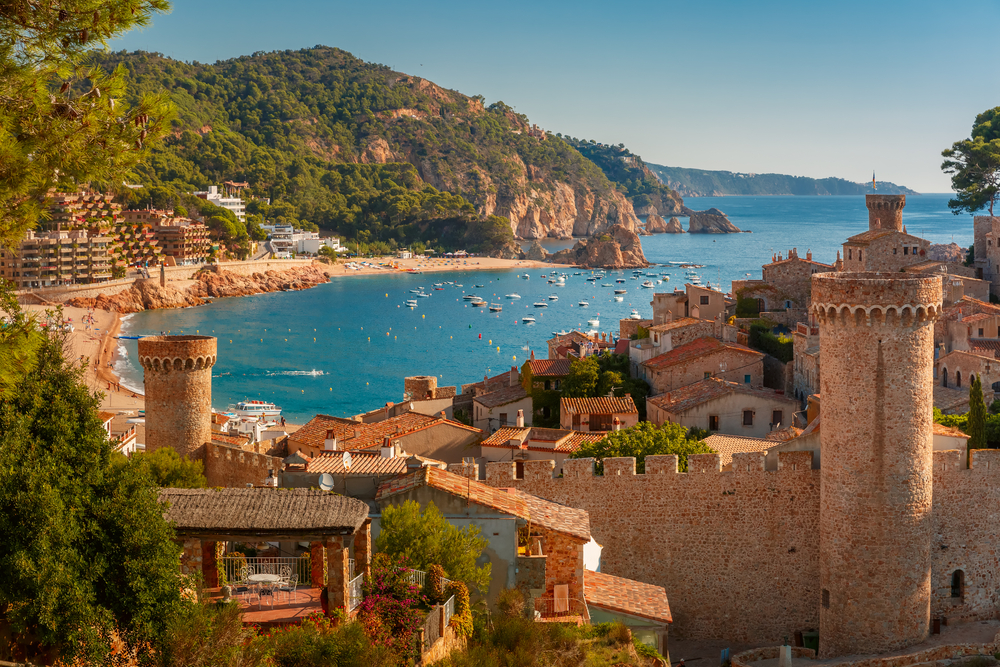
Català is spoken in Catalunya proper, part of Aragón, much of Valencia, the Balearic Islands, the Principality of Andorra and in parts of the French Pyrenees, albeit with variations of dialect (it is thus much more widely spoken than several better-known languages such as Danish, Finnish and Norwegian). It is a Romance language, stemming from Latin and, more directly, from medieval Provençal and lemosi, the literary French of Occitania. Spaniards in the rest of the country tend to belittle it by saying that to get a Català word you just cut a Castilian one in half. In fact, the grammar is much more complicated than Castilian, and the language has eight vowel sounds (including three diphthongs). In the text we’ve tried to keep to Català names (with Castilian in parentheses where necessary) – not least because street signs and turisme maps are in Català.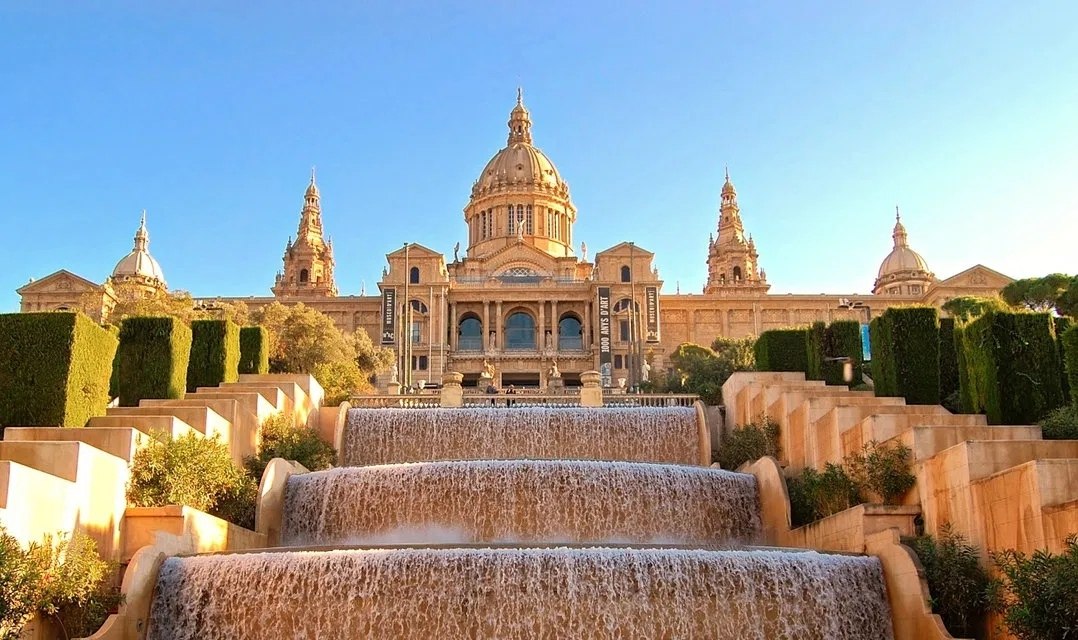
Fiestas
February/March/April
Lent: Carnaval Sitges has Catalunya’s best celebrations.
Easter: Semana Santa (Holy Week) Celebrations at Besalú, Girona and La Pobla de Segur.
April 23: Semana Medieval de Sant Jordi St George is celebrated throughout Catalunya, with a week of exhibitions, dances and medieval music in Montblanc, among other places (wsetmanamedieval.org).
May/June
Throughout May and June: Festival de Jazz In Vic.
First fortnight: Festa de la Lana Annual wool fair in Ripoll.
Third week of May: Fires i Festes de la Santa Creu Processions and music in Figueres.
Corpus Christi (variable): Festa de Corpus Christi Big processions in Sitges, plus the massive Patum festival in Berga.
June 21–23: Festa de Sant Patllari In Camprodon.
June 24: Dia de Sant Joan Celebrated everywhere; watch out for things shutting down for a day on either side.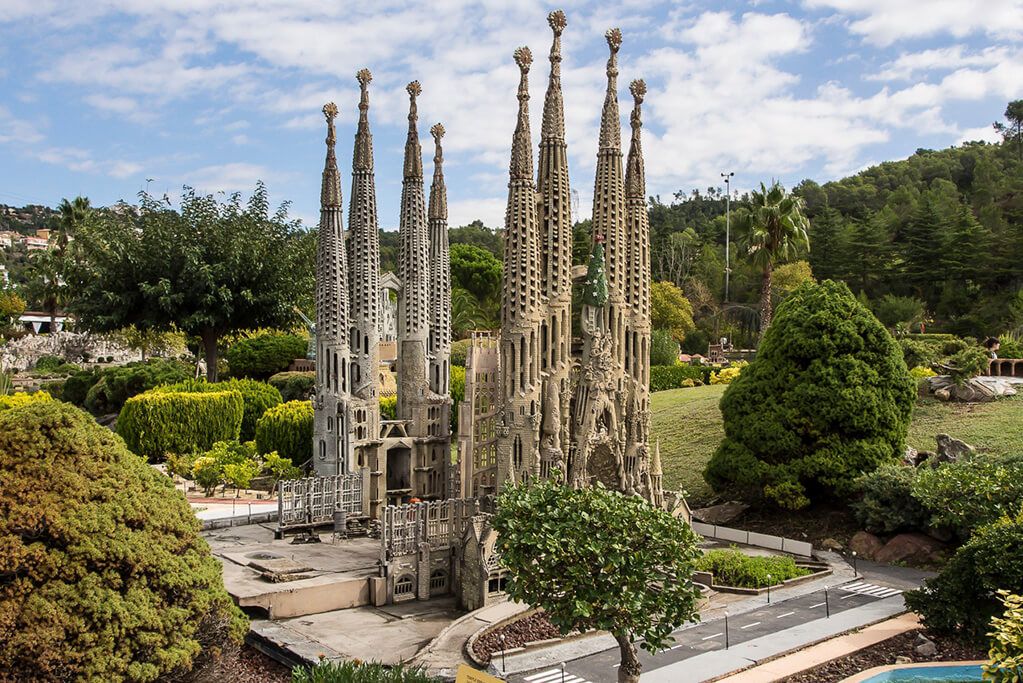
July/August
Early July to late August: Ripoll International Music Festival Classical music in Ripoll.
Third week: Festa de Santa Cristina At Lloret de Mar.
19: Festa de Sant Magi In Tarragona.
July/early Aug: Festival Internacional de Música In Torroella de Montgrí.
Mid-July to late Aug: Festival Jardins de Cap Roig In Calella de Palafrugell.
Late July to late Aug: Festival de Música de Begur In Begur.
September
8: The Virgin’s Birth celebrated in Cadaqués, Núria and L’Escala, among other towns.
22: Sant Maurici At his ermita in the national park above Espot.
Nearest weekend to 24: Festa de Sant Primuns and Felician At Besalú.
Third week: Mercat de Música Viva festival in Vic.
Third week: Festa de Santa Tecla Human castles (castells) and processions of gegants (giant puppets) in Tarragona.
October
8: Feria de Vielha Annual fair.
Last week: Fires i Festes de Sant Narcis In Girona.
November
1: Sant Ermengol Celebrations in La Seu d’Urgell.
December
Early Dec: Mercat Medieval de Vic Re-creation of a medieval market in Vic.
Cuina Catalana
“Catalunya has a fantastic climate, a rich plurality of products and diverse geography – the sea, the mountains, and the plains. There are few parts of the world this fertile.” Ferran Adrià
That’s how the famous Catalan chef describes his home region’s geographical bounty, source of its rich cuina Catalana. Culled from “mar i muntanya” (sea and mountain), Catalunya’s cuisine matches fresh seafood on the coast with hearty meats (particularly sausages) inland, while fragrant fruits and vegetables provide ballast to every meal.
The seafood variety is impressive, and includes plump shrimp and langoustine; eel from the Ebro delta; trout from Pyrenean rivers; and the ever-present bacallà (cod). Sausages, most using pork as a base, include botifarra, fuet (a thin, dried sausage) and llonganissa (cured sausage). Catalunya has taken mushrooms to a high art, not least aromatic bolets (wild mushrooms), which are picked and prepared in autumn.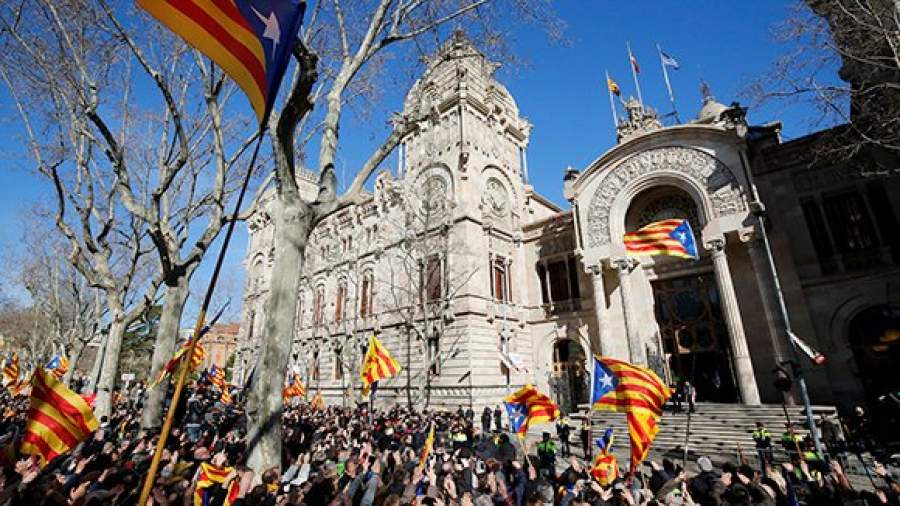
Perhaps Catalunya’s best-loved export is pa amb tomàquet, bread rubbed with tomato and drizzled in olive oil, which is not only ubiquitous throughout the region, but in the rest of Spain. As for dessert: Catalunya’s answer to crème brûlée is the custard-style crema Catalana. And when it comes time to celebrate, do so with cava, a sparkling wine that rivals champagne, but is significantly cheaper.
Book a Small group Catalan food and wine day trip from Barcelona
Catalan chefs
Contemporary Catalan cuisine has become synonymous with Ferran Adrià, who transformed (and transfixed) the culinary world with his famous scented espumas (foams) and “molecular gastronomy” (or, as Ferran prefers to describe it, cocina de vanguardia). The effects have gone far beyond the dazzling laboratory of a kitchen in his former restaurant El Bulli on the Costa Brava.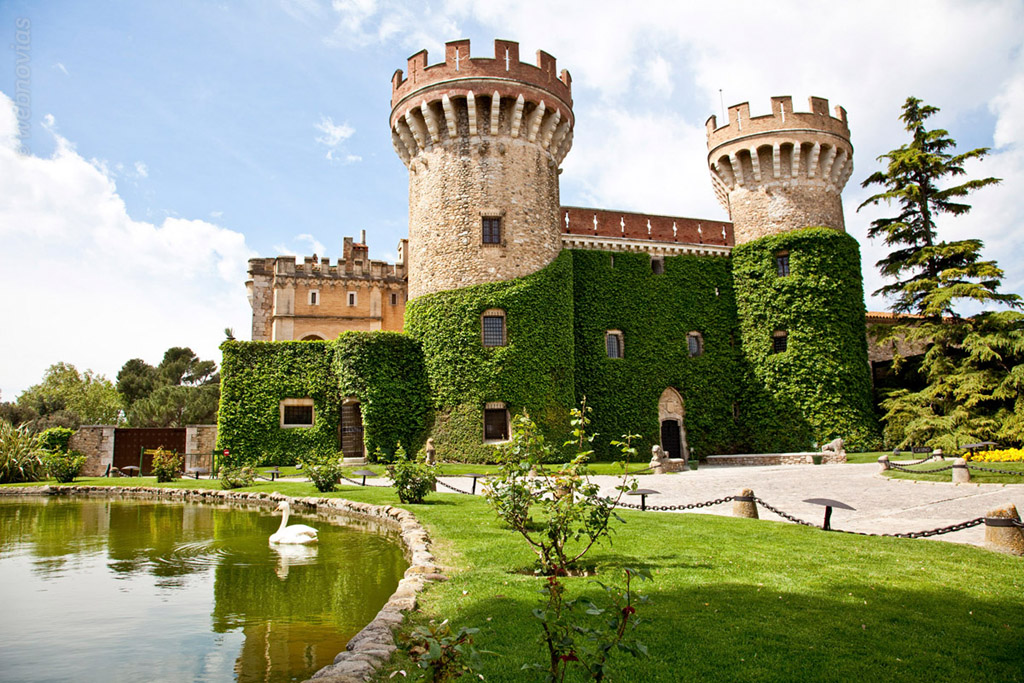
The legend of the bloody flag
Many legends swirl around the colourful Guifré el Pélos (“Wilfred the Hairy”), who established himself as the first count of Barcelona in the ninth century. One such story is the bloody creation of the Catalan flag. As the legend goes: Guifré el Pélos was mortally wounded in a battle against the Normans (some say the battle was against the Moors). The Frankish king Charles the Bald wanted to pay tribute to the dying Guifré’s bravery by awarding him a coat of arms on the battlefield. The king is said to have dipped Guifré’s hands in his own freshly drawn blood, and then ran his fingers across the golden shield; hence the four bands of red on a yellow background.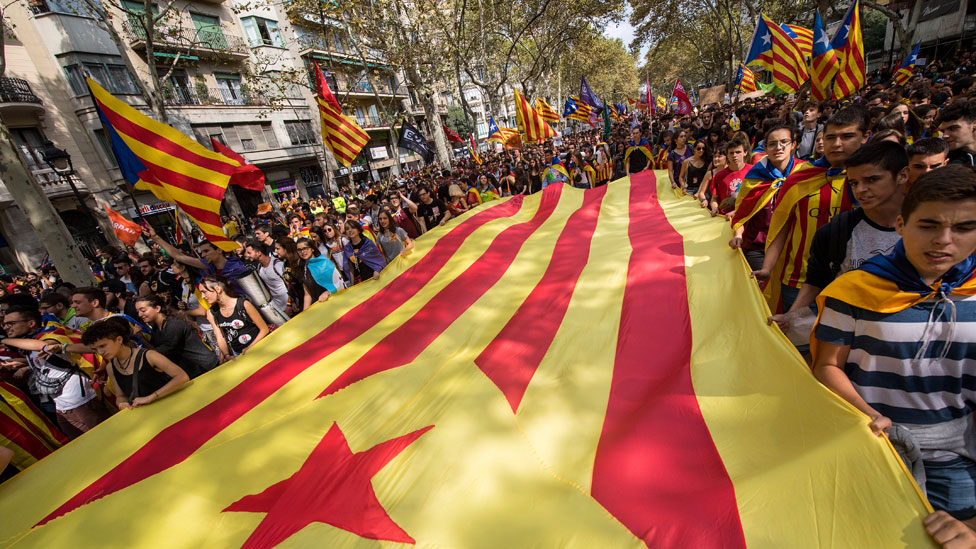
La Garrotxa
The fertile landscape of La Garrotxa, which unfolds west of Girona and Figueres, is anchored by the historic capital of Olot. To the east lies lovely, quiet Besalú; to the north, mountain peaks march along the French border; and to the south extends the Parc Natural de la Zona Volcànica, a verdant, hilly terrain punctuated by volcanic cones and craters.
Book a La Garrotxa Volcanic Zone Natural Park Hiking and Besalú medieval town
Parc Natural de la Zona Volcànica
The sprawling Parc Natural de la Zona Volcànica makes up much of the Baixa Garrotxa region. You won’t see lava flows and smoke-snorting volcanoes, though – the last eruption was almost 11,000 years ago, and the park in fact largely green and verdant, with a remarkably fertile soil. The volcanic landscape comes in the shape of the park’s forty cones, which vary widely in size, the bigger ones topping 170m.
There are numerous trails through the park – if you’re short on time, you can opt to take shorter trails to several of the volcanoes that start at car parks around Olot.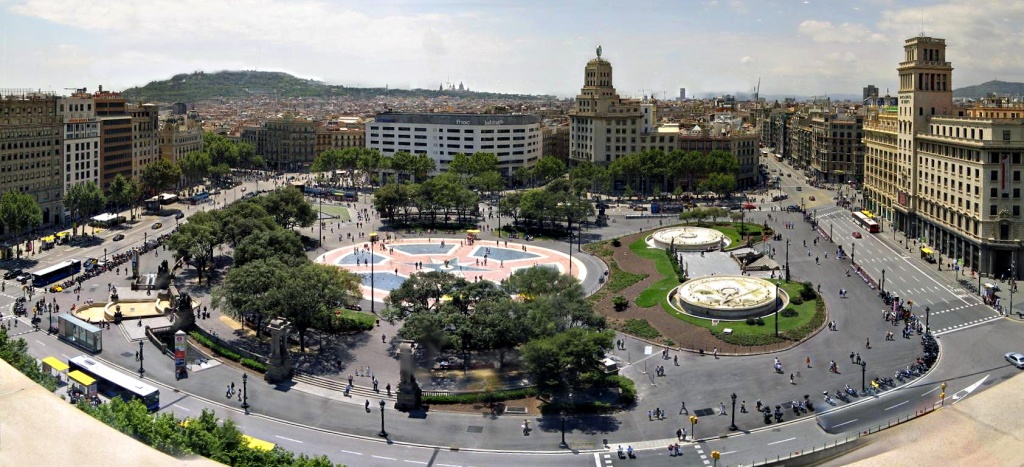
Santa Pau
Medieval Santa Pau, 9km southwest of Olot, sits right in the middle of the volcanic region, and is a great jumping-off point for exploration. The beautifully preserved village features stone houses, narrow lanes, ancient archways and the thirteenth-century Plaça Mayor, once the Firal dels Bous (Cattle Market). Santa Pau is also known for its fesols (haricot beans), which figure prominently in the local cuisine. The village celebrates its beloved bean in the Fira de Sant Antonic, also known as the Fira de Fesol (Fesol Festival) in mid- or late January.
Vic
The Serra del Montseny, a towering granite mountain range with lushly forested slopes, looms southwest of Girona. On the west of the range, 34km southwest of Olot and easily accessible as a day-trip from Barcelona, is the amiable, well-preserved town of Vic.
Vic also hosted a prosperous medieval market, and the town has a yearly Mercat Medieval de Vic (vicfires.cat) in its old quarter in early December, celebrating its medieval past. Vic is defined by its elegant, enormous Plaça Mayor, ringed by historic, porticoed buildings, which features a colourful food market twice a week (Tues & Sat) – and if there’s one thing to buy, it’s Vic’s famous sausages (llonganissa or fuet), which are heralded throughout Catalunya and perfect for tossing into the suitcase to bring home.
Música in Vic
Raucous rumba tunes, melancholy classics by string quartets, quirky improvisational jazz bands, and a Catalan songstress singing in her native tongue … you’ll see it all at the superb festival Mercat de Música Viva, or Live Music Market (wmmvv.
The Catalan Pyrenees
Looming gracefully over northern Catalunya, the snow-tipped Pyrenees form a mighty barrier between the Iberian Peninsula and the rest of Europe. You can ski and hike throughout these mountains, making use of a range of ski centres and vast stretches of natural parkland. Imposing peaks reach more than 3400m, while fierce rivers cleave the green valleys; tucked away in the valleys and clinging to the mountains are centuries-old alpine villages, each with its own Romanesque church, collectively forming an open-air rural museum of early medieval architecture, particularly in the beautiful Vall de Boí.
The Pyrenees are easy to reach from Barcelona – Ripoll, a gateway town to the mountains, is accessible in less than three hours. The ski scene dominates the mountains northwest of Ripoll, while summer draws hikers and trekkers.
West of here unfolds the formidable Serra del Cadí, which offers superb hiking and trekking around one of Catalunya’s most recognizable peaks, the Pedraforca. To the north, along the French border, is La Cerdanya, a lush, sunny Pyrenean valley that’s especially popular in the summer with outdoor enthusiasts. Cerdanya’s capital is the lively town of Puigcerdà, while just across the border sits the geographical oddity of Llívia, a Spanish town fully enclosed by France. In winter, skiers flock to La Molina and Masella, the two big ski resorts in the area.
The mountainous terrain around La Seu d’Urgell, still further west, offers some of the best trekking in the Pyrenees. White-water aficionados get their adrenalin rush in the Noguera Pallaresa valley, where churning rivers offer the best rafting in the region.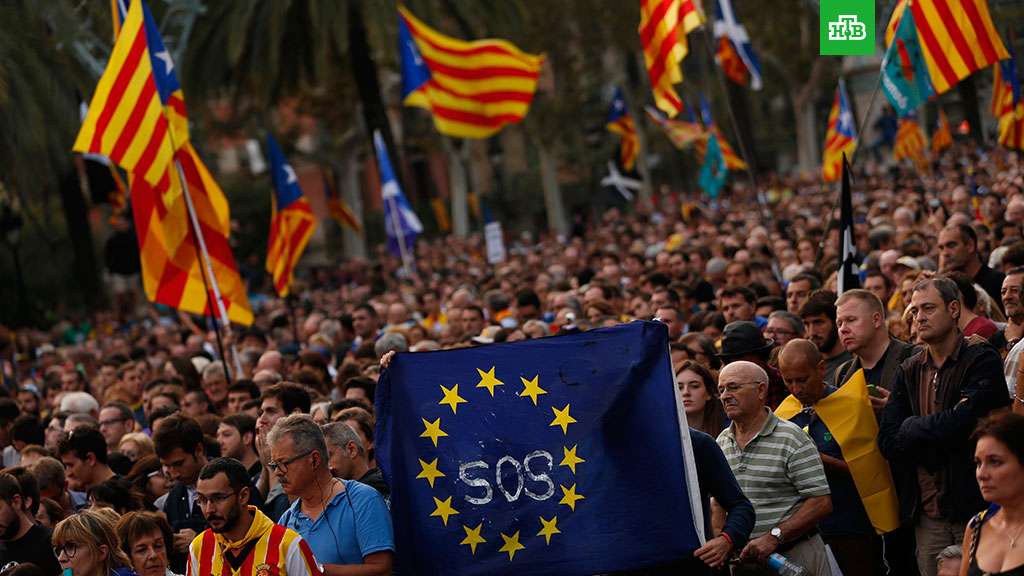
Book a Pyrenees Mountains day trip from Barcelona
Parc Nacional d’Aigüestortes i Estany de Sant Maurici
One of nine in Spain, Catalunya’s largest national park, the Parc Nacional d’Aigüestortes i Estany de Sant Maurici, encompasses soaring peaks topping 3000m and lush meadows irrigated by more than four hundred lakes, streams, waterfalls and impressive glacial valleys. Established in 1955, the park is comprised of valleys blanketed in pine and fir forests, while wild animals like the isard, a small antelope also known as the chamois, roam the terrain. You might even spot a golden eagle or black woodpecker, both common here.
Hiking and trekking opportunities abound, from easy walks around sparkling lakes to serious treks up the mountain. The Sant Nicolas valley in the west features numerous glacial lakes, as well as the meanders of Aigüestortes (Twisted Waters).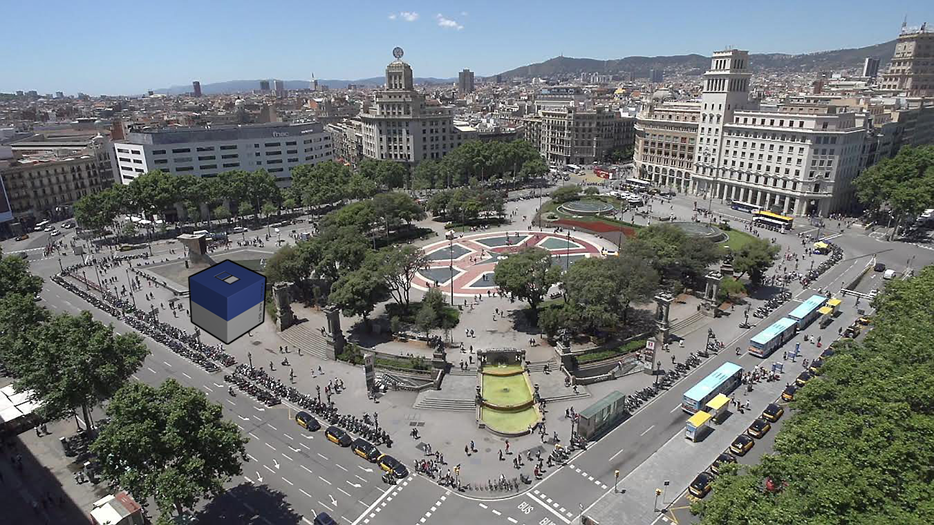
The park’s western sector is best reached from the Vall de Boí – to explore Aigüestortes, the approach is generally from Boí via El Pont de Suert; the eastern portion, including Lake Sant Maurici, is accessed via Espot, which lies just beyond the eastern border of the park. The easiest starting point for the higher mountains is Capdella, south of the park. If you’ll be hiking for several days at a time between June and September, you can stay at any of the refuges throughout the park. Either visitor centre can give you a list.
Vall de Fosca
The verdant Vall de Fosca, which extends just south of the park, received its name Fosca (“dark”) because it’s surrounded by steep slopes that obscure the sun. Tiny Capdella is perched at its northernmost point, and at 1420m, is the highest of the fifteen or so tiny villages and settlements that are sprinkled south through the valley, including Espui and La Torre de Capdella, which has the valley’s tourist office.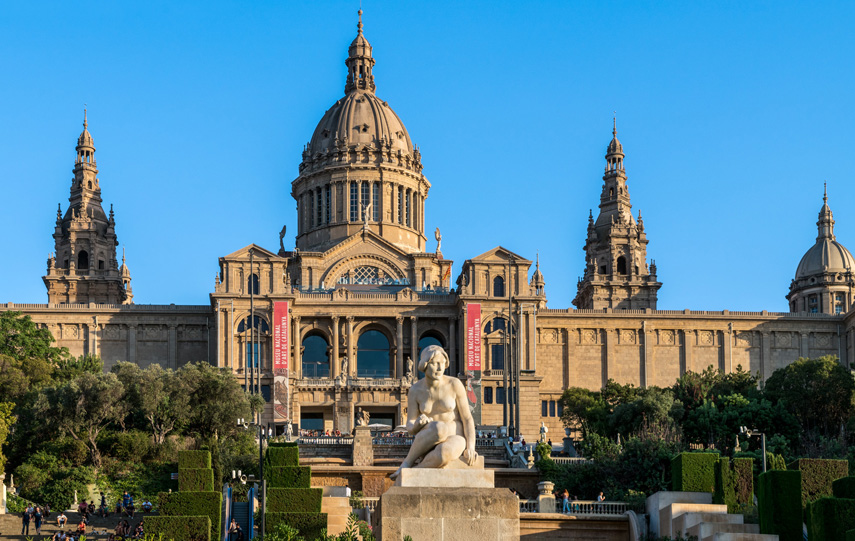
Espot, Espot Esquí and around
Espot is a cosy mountain town hemmed in by a lovely green valley, which has increasingly been built up as a tourist centre. In the winter, skiers pass through on their way to Espot Esquí (wgranpallars.com), just south of town, with nearly thirty alpine trails.
You can access the park from Espot, which lies about 7km from the Estany de Sant Maurici. Upon arrival at the estany (lake), you’ll want to get your camera out: it’s a beautiful scene, the lake fringed by wilderness and dominated by the spires of Els Encants (“The Enchanted Ones”; 2700m).
El Pont de Suert
EL PONT DE SUERT, 41km northwest of La Pobla de Segur, features a pleasant old town, a handsome main plaça, an arcaded c/Mayor and the elegant fifteenth-century Palau Abadial, a former residence of abbots. The town also receives fairly regular buses, so you’ll pass through if you’re arriving at the park from the west.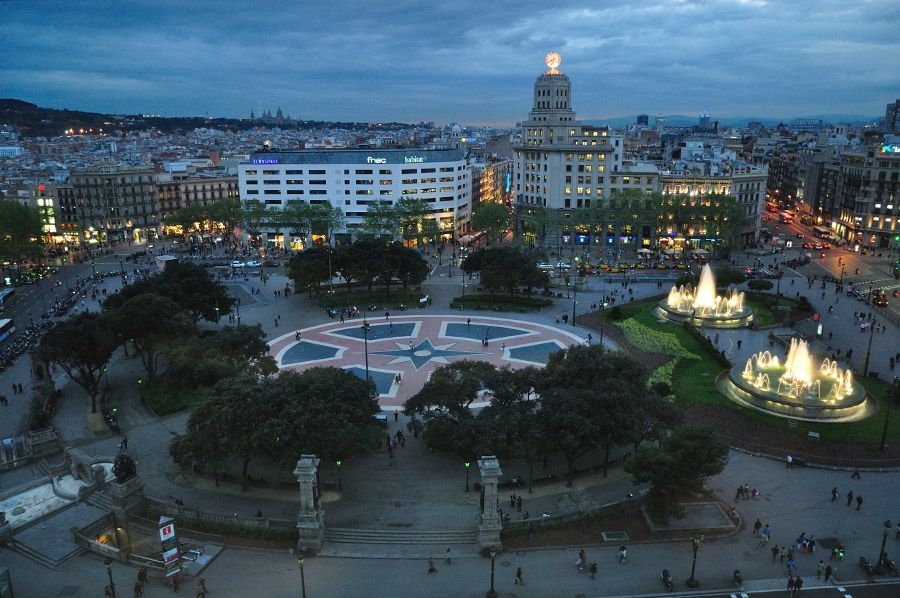
Vall de Boí
Extending just west of the national park is the lush Vall de Boí, anchored by the mountain village of Boí. The highlights of the valley are its lovely Romanesque churches, the most remarkable of their kind in Catalunya. In 2000, the churches were designated a World Heritage Site by UNESCO, who described them as “an especially pure and consistent example of Romanesque art in a virtually untouched rural setting”. And it is this setting that leaves the lasting impression – the beautiful simplicity of the early Romanesque architecture is magnified by the utter alpine stillness surrounding them. The churches, all built between the eleventh and fourteenth centuries, were constructed of local materials, like stone, slate and wood – and their most striking features are their elegant belfries which, in the case of Taüll, rises an impressive six storeys. Note that many of the church frescoes are reproductions – though excellent ones, to be sure – because the originals have been moved to MNAC in Barcelona./bd22e9a5ec6080d.s.siteapi.org/img/7686e4d66b284a9f475a618ef1898ec3743a2b66.jpg)
The GR11 and the HRP
Running roughly parallel to the GR10, which runs on the French side, the GR11 is a network of long-distance hiking trails which traverses the Spanish Pyrenees from one end to the other. Estimated to be about 850–900km in length, it runs from the Golfo de Vizcaya (Bay of Biscay) in the Basque region to the west to Cap de Creus, near Cadaqués in the east. For seasoned trekkers, there is also the HRP (Haute Randonnée Pyrénéenne), which follows a higher and wilder course in the Pyrenees, crisscrossing the Spanish–French border along the way. It runs largely through the Parc National des Pyrenées in France but also takes in parts of the Parc Nacional d’Aigüestortes i Estany de Sant Maurici. In Spain, you can get more general information about the GR routes from the Federación Española de Deportes de Montaña y Escalada (FEDME; Spanish Mountain Sports Federation; wfedme.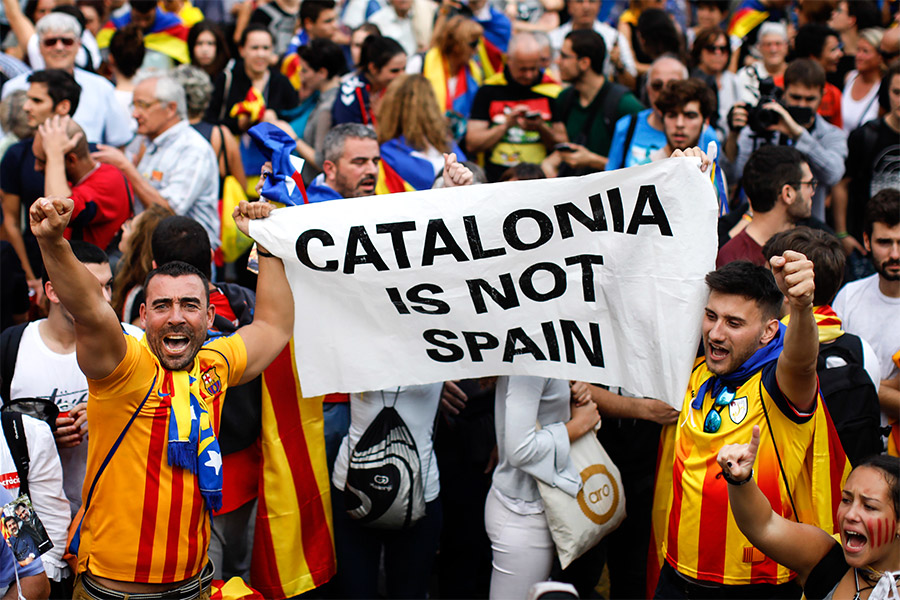
The Cremallera
The journey of the Cremallera de Vall de Núria, most often just known as the cremallera railway (“zipper” in Catalan), built in 1931, is spectacular: the little train follows the rushing Ríu Freser and then, quite suddenly, begins to scale steep mountainsides along stomach-churning switchbacks, from where you’re rewarded with beautiful views of the river and valley far below. Trains depart from the Ribes-Enllaç station, in the southern part of Ribes, daily year-round except November, when it’s closed. In high season (July to mid-Sept, plus winter hols), trains run 10–13 times a day; in low season, it’s around 6–7 times. One-way journey time is 35 minutes; tickets are €21.25 round-trip in high season, €17.75 in low season. For the latest information, visit wvalldenuria.cat or call t972 732 020.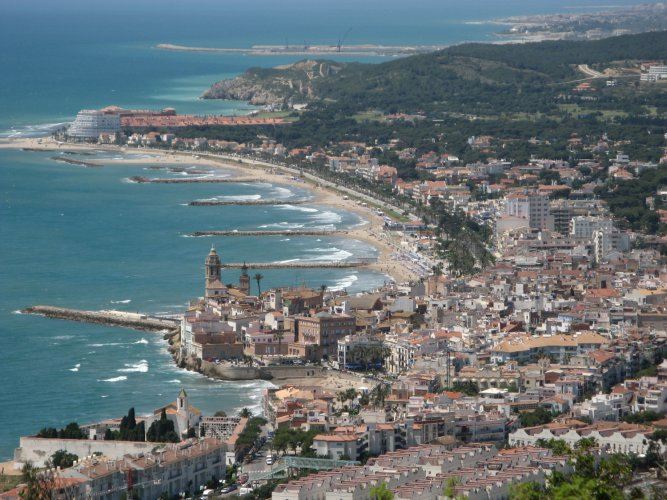
Dragons and devils
Pleasant BERGA, 30km west of Ripoll, is the main town in the comarca of Berguedà. Berga has the usual historical draws – an old town, the remains of a castle – but the reason that it’s on the map, so to speak, is as host of one of Catalunya’s most famous festivals, the Festa del Patum, during Corpus Christi week. During the festival, Berga’s otherwise staid streets fill with parade floats of pagans and fantasy creatures – the famous gegants, devils, dragons spewing fireworks and dragon-slayers – while revellers dance on the sidelines and behind the floats. The festival is said to be named after the sound of the drum, and you’ll hear the crowd chanting “pa-tum, pa-tum!” throughout. If you can’t make it to the festival, you can catch a glimpse of the festival at the simple La Casa de Patum (summer Thurs–Sun 11am–2pm & 6–8pm; winter only open on weekend, same hours; free), which features a video of the festival and various costumes. During Patum, you must book accommodation at least a month in advance.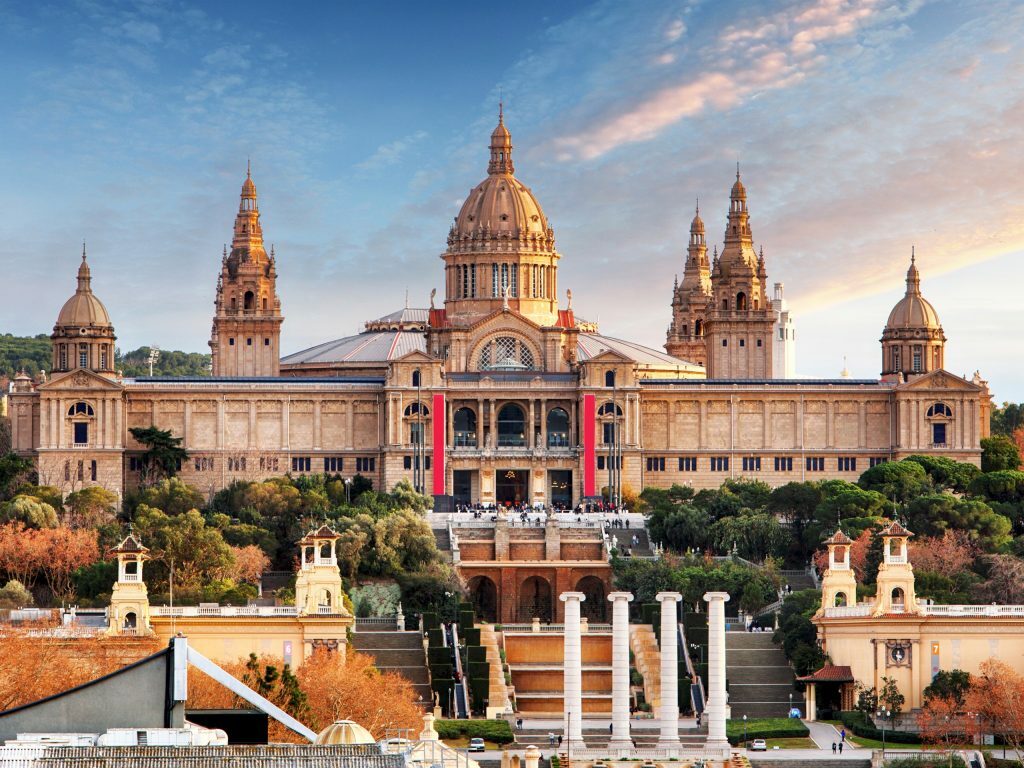
Skiing the Catalan Pyrenees
There’s a good reason the Spanish royal family and other luminaries choose to ski in the Catalan Pyrenees – it’s home to some of the best resorts in Spain. As with most ski regions, often the best way to save is through the package deals offered by many hotels, which include discounts on lift tickets. General prices are €14–24 a day for ski gear (skis, boots, poles), and €26–48 daily for lift passes, with prices varying with the length of time you buy passes for, whether it’s a weekday or the weekend and the quality of the resort. Note, also, that it’s well worth checking ahead to find out the level of snow, especially in the spring.
The Catalan Pyrenees offer a surprising variety of resorts, catering both to first-timers and advanced skiers. Intermediate skiers will find plenty of thrilling terrain at La Masella in La Cerdanya; Boí-Taüll on the western boundary of Aigüestortes; and Baqueira-Beret in the Val d’Aran. The best resorts for newbies and families are Espot Esquí on the eastern boundary of the Parc Nacional de Aigüestortes i Estany de Sant Maurici; and La Molina near La Masella.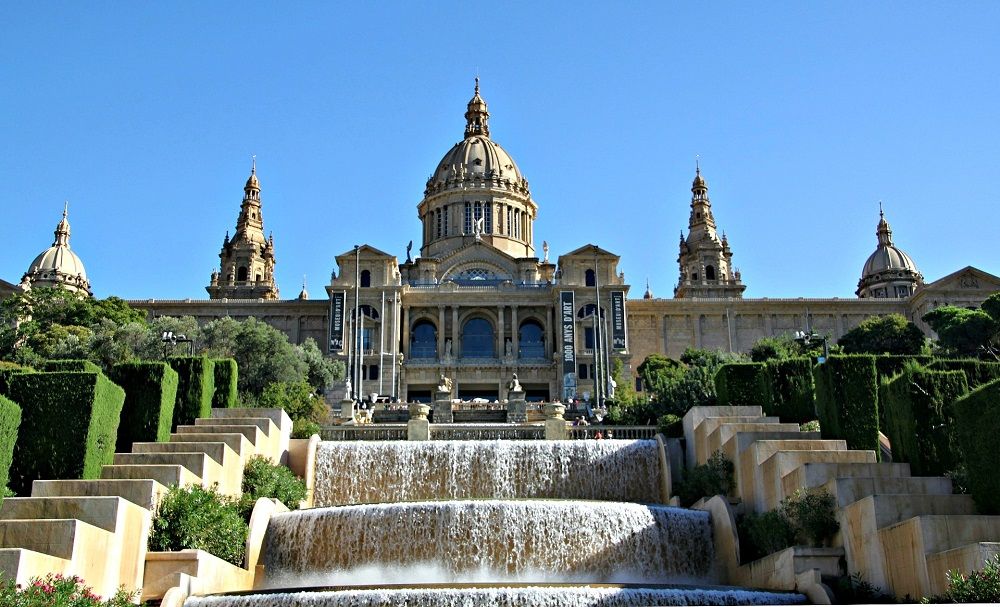
Book a Pyrenees Mountains day trip from Barcelona
Whitewater adrenaline rush
The Noguera Pallaresa’s mighty flow is legendary, and draws thrill-seekers from around Spain and further afield. The original rafts were primitive – logs lashed together – but could withstand the frothy waters, and were ridden by raiers (rafters) to the sawmills of La Pobla de Segur. These days, the rafts are of the inflatable variety, and exciting whitewater trips are offered by operators throughout the region.
The most popular section of the river is between Llavorsí and Rialp, but tour companies offer a range of trips, each more rugged and scenic than the last. The rafting season is from April to early September; some outfitters also offer rafting programmes in March and October. In season, trips are run daily, usually in the late morning and lasting 1–2 hours on the water. Two-hour trips start at €35, and go up to €70–80 for longer rides, including lunch. The tourist office has a list of recommended rafting operators, including those listed here.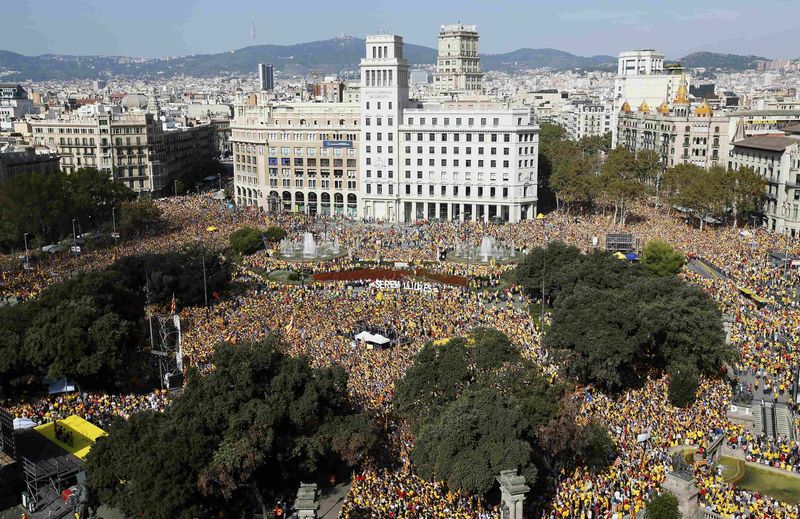
Sort
Rubber River Diputación 14 t973 620 220, wrubber-river.com. Sort is filled with rafting and adventure shops, including this reputable outfitter, which offers everything from rafting, kayaking (€70 for a 3hr class) and canoeing to bungee-jumping (€25 per jump) and horseriding. Offices open daily 9am–1pm & 5–9pm; closed mid-Oct to April.
Llavorsí
Rafting Llavorsí Camí de Riberies t973 622 158, wraftingllavorsi.cat. This established operator offers rafting, kayaking (€80 for 2 days of instruction; 2hr per day) and multiple other aquatic adventures; in the winter, they can arrange snowshoe treks. Daily 9am–8pm.
Roc Roi Pl. Nostra Senyora de Biuse t973 622 035, wrocroi.com. This friendly operator runs a multitude of river sports plus trekking and horseriding. Mid-Oct to Easter daily 9am–9pm.
Yeti Emotions Pl. Nostra Senyora de Biuse t973 622 201, wyetiemotions.com. This longtime outfitter, which shares the same office and is under the same management as Roc Roi, offers a wide range of river and land sports, both summer and winter.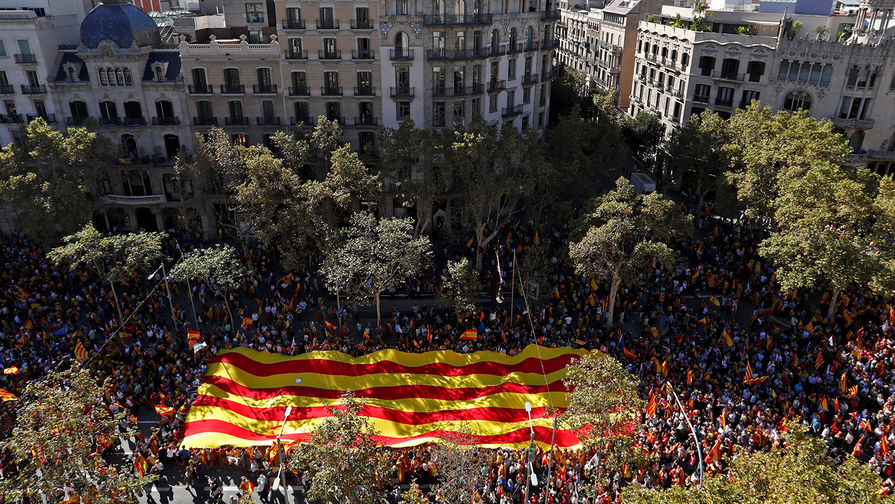
Catalonia. Secrets of Barcelona: What is Catalonia?
Catalonia
1. General information
Catalonia is one of the 17 autonomous regions of Spain, located in the northeast of the country. In the north, Catalonia borders on France, and in the east it goes to the Mediterranean Sea. Its population is about 7.5 million people. Pleasant Mediterranean climate, beautiful nature and developed economy make Catalonia a very attractive place to live and tourism . Catalonia is divided into four provinces: Barcelona , Girona , Tarragona and Lleida.
2. History
At the beginning of our era, the territories of modern Catalonia belonged to the Roman Empire. After the fall of Ancient Rome, most of Spain was first conquered by the Germanic tribes of the Visigoths, who a couple of centuries later were pushed out of the South by the Moors (Muslims of North Africa).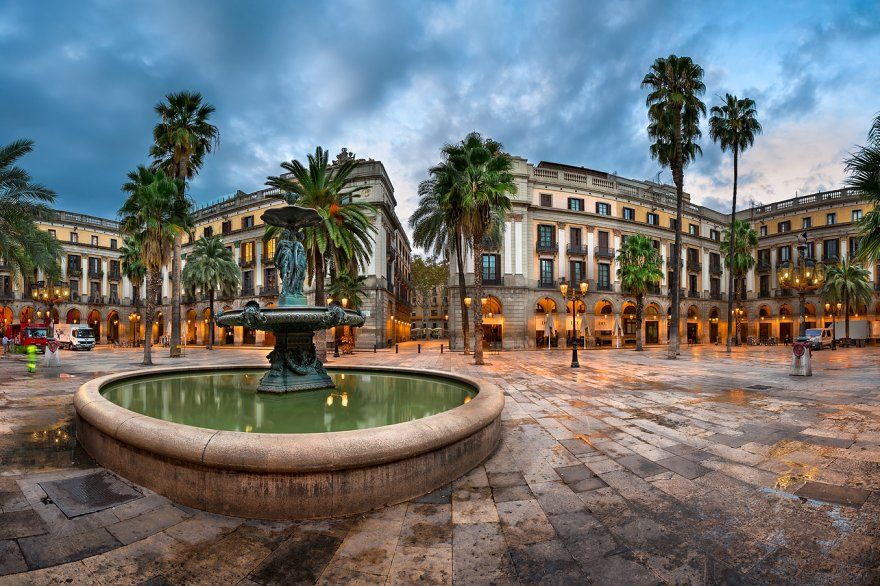
Catalonia became a part of Spain relatively recently, its final registration as one of the regions of the Kingdom took place in 1714 following the results of the War of the Spanish Succession.
Roman columns in Barcelona
3. Capital
The capital of Catalonia is Barcelona , the second largest city in Spain with a population of 1.6 million and one of the largest European metropolitan areas. Of the 7.5 million Catalans, 5 million live in Barcelona and its surrounding suburbs.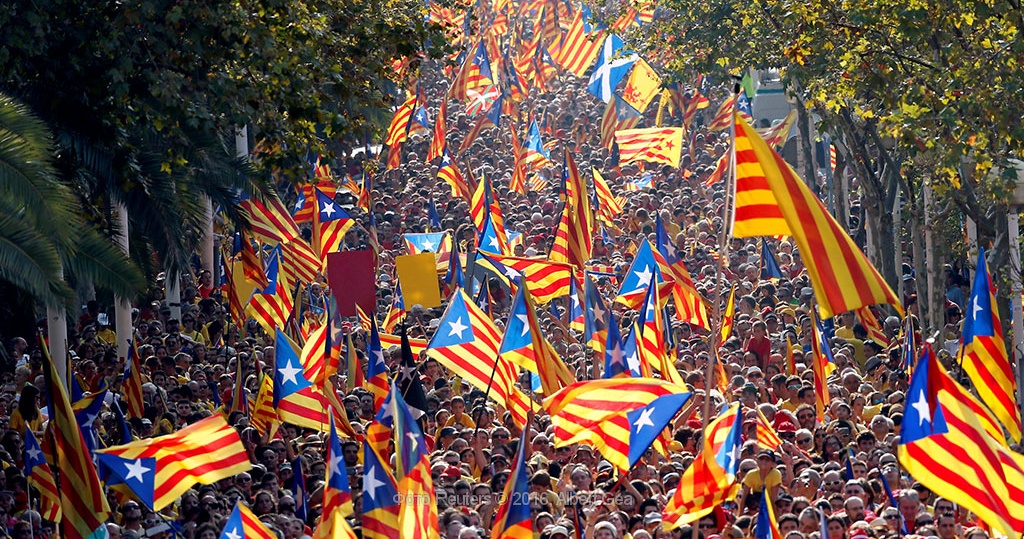
Barcelona is the capital of Catalonia
4. Economy
Catalonia is the engine of the Spanish economy, the key region of the country in economic terms. It produces about 20% of the Spanish GDP and is one of the main donors for the poor regions of the South of Spain. The economy of Catalonia is quite diverse, it includes a powerful industry, and developed agriculture, and the financial sector. Tourism brings a lot of wealth to the region.
5. Politics
Catalonia as an autonomous region within Spain has its own parliament and government ( Generalitat de Catalunya ). Over the past 10 years, there has been an increasing political conflict of Catalonia with the central government of the kingdom, associated with strong sentiments in favor of the separation of the region from the rest of Spain.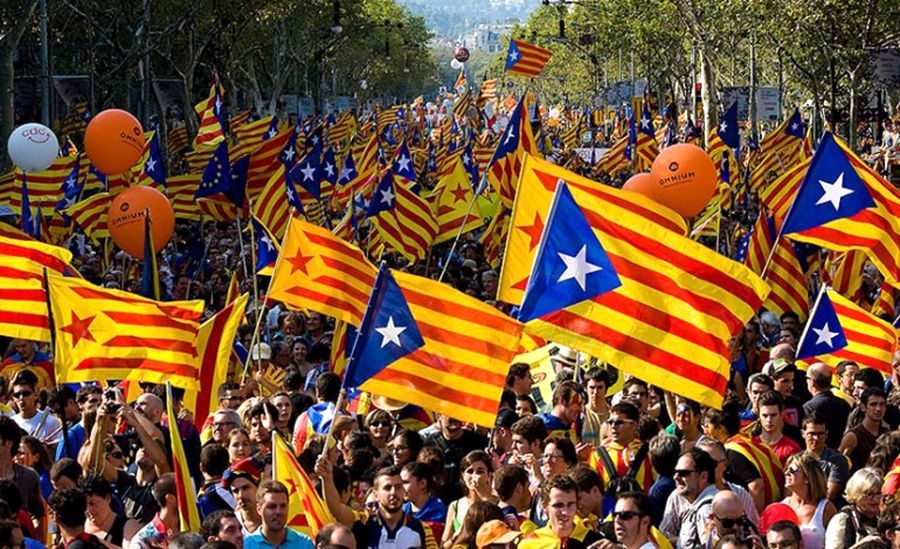
The struggle for independence in Catalonia
6. Language
In addition to the obligatory for the whole of Spain Castilian (Spanish) language, in the territory of Catalonia, the official status is Catalan language , which is spoken here by the absolute majority of the population. The Catalan (also Catalan) language belongs to the Romance language group and, despite the similarities with Spanish and French, has been formed as an independent language for a long time and is not a dialect of any of the above.
7. Culture
Catalonia has given the world a whole galaxy of outstanding representatives of culture. Among them are artists Salvador Dali and Joan Miro, opera singers Montserrat Caballe and Jose (Jusep) Carreras, architect Antoni Gaudí and many others.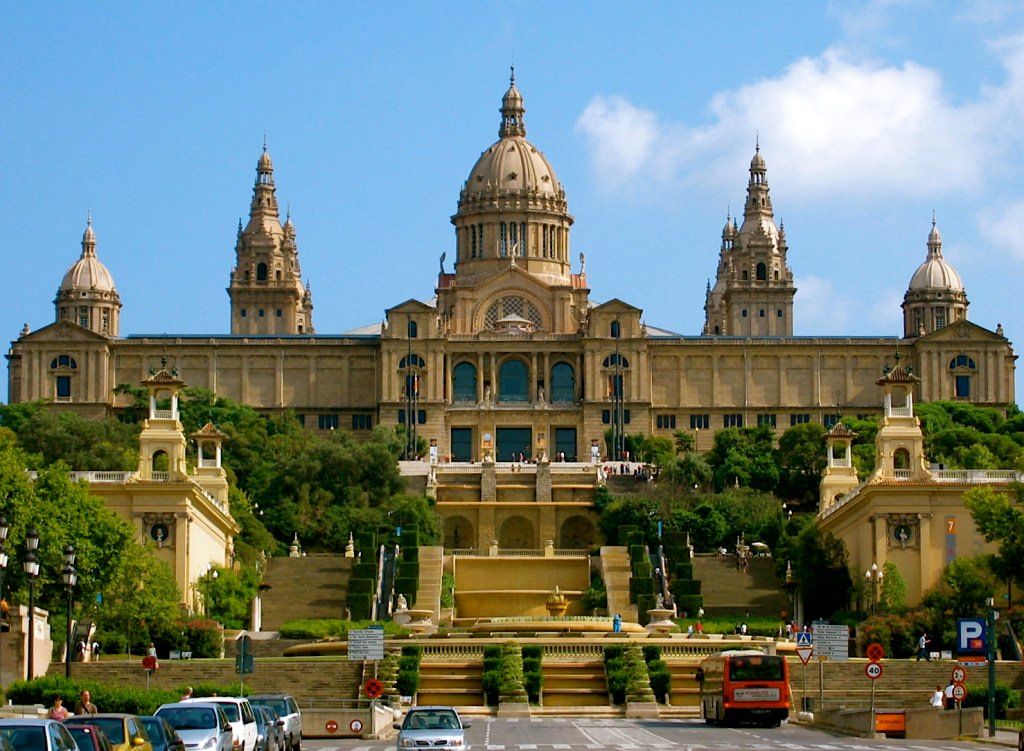
Catalan National Sports Tradition castellers ( castells, towers of people ) is under the protection of UNESCO as part of the intangible cultural heritage of humanity.
Salvador Dalí Theatre-Museum
Barcelona Secrets – your guide to Barcelona and Catalonia!
See also:
Why does Catalonia strive for independence?
Catalan independence referendum 2017
Catalan holidays and traditions
Attractions of Catalonia
with reference to the original source.
RIA Novosti – events in Moscow, Russia and the world today: topics of the day, photo, video, infographics, radio
7 495 645-6601
Rossiya Segodnya
https://xn--c1acbl2abdlkab1og.xn--p1ai/awards/
Registration completed successfully!
Please follow the link in the email sent to
Policy
Worldwide
Economy
Society
Incidents
Army
Science
Sports
Culture
Religion 003
Special military operation in Ukraine
Armed Forces of Ukraine pull equipment into the part of the Zaporozhye region under their control
Yesterday, 19:44
Popular
NATO continues to look for ways to defeat Russia
Elena Karaeva
EU under attack: Eastern Europe rebelled
Dmitry Bavyrin
Russia opened a new front against the West
Petr Akopov
Special report
Analytics
Videos
Infographics
Tests
Surveys
Podcasts
Biden has lost America.
Yesterday, 08:00
Special military operation in Ukraine
“There are dozens of them.” Who was trapped on the front line
Yesterday, 08:00
Good news
Recommended
Science
Dangerous counterfeit: anti-Russian alliance creates a nuclear threat
Yesterday, 08:00
3
04 How they looked into the water: which celebrity predicted his death
Yesterday, 08:00
Tourism
New routes and “all inclusive”: what attracts rail cruises
Yesterday, 08:00
Culture
Black dresses and glamor: MIFF red carpet 15
April 21, 12:15
Religion
“Blessed holiday!” Muslims met Eid al-Fitr 14
April 21, 12:49
Out of control. Ukraine framed the EU again
The West panicked. Where will Türkiye turn
Religion
Kyiv is preparing for a decisive blow. For its citizens
Science
Infectious, symptoms unusual.
Tourism
Blogger Dmitry Kulikov: “Volcanoes and wild animals surround me all my life”
The EU announces a trade blockade of Ukraine
Vladimir Kornilov
3
0168 Victoria Nikiforova
Europe won the sanctions war and is now looking for a way to capitulate
Kirill Strelnikov
Football
Semak took second place among Zenit coaches in terms of the number of victories
Yesterday, 20:57
Martial arts
The head of the UFC reacted sharply to Nate Diaz’s street fight
Russian tennis players
were able to get out to the final of the doubles tournament in Stuttgart
Tennis
Alcaraz will play with Tsitsipas in the final of the tennis tournament in Barcelona
The jumping team was not allowed to warm up because of the Russian flag
Login
Password
Retrieve password
Register
Link expired
Back
0003
Password
I accept the terms of the agreement and give my consent to the processing of personal data in accordance with
with Privacy Policy
Federal State Unitary Enterprise “International Information Agency “Russia Today”,
located at the address: Russia, 119021, Moscow, Zubovsky Boulevard, 4.
Log in with login and password
Your data
Password recovery
Back
Password recovery
Password recovery link sent to 9003
4
New password
Confirm password
Write to author
Subject
Message
Full name
By clicking on the “Submit” button, you agree to the Privacy Policy
Ask a question
3 Your name
5
Your city
Your E-mail
Your message
Message sent!
Thank you!
An error has occurred!
Try again!
Feedback
How can I help?
If none of the options apply,
click here to contact us
Feedback
To use the feedback form,
you must be logged in.
Unblock account
You have been blocked for violating
the rules for commenting on materials
The term of blocking is from 12 to 48 hours, or forever.

